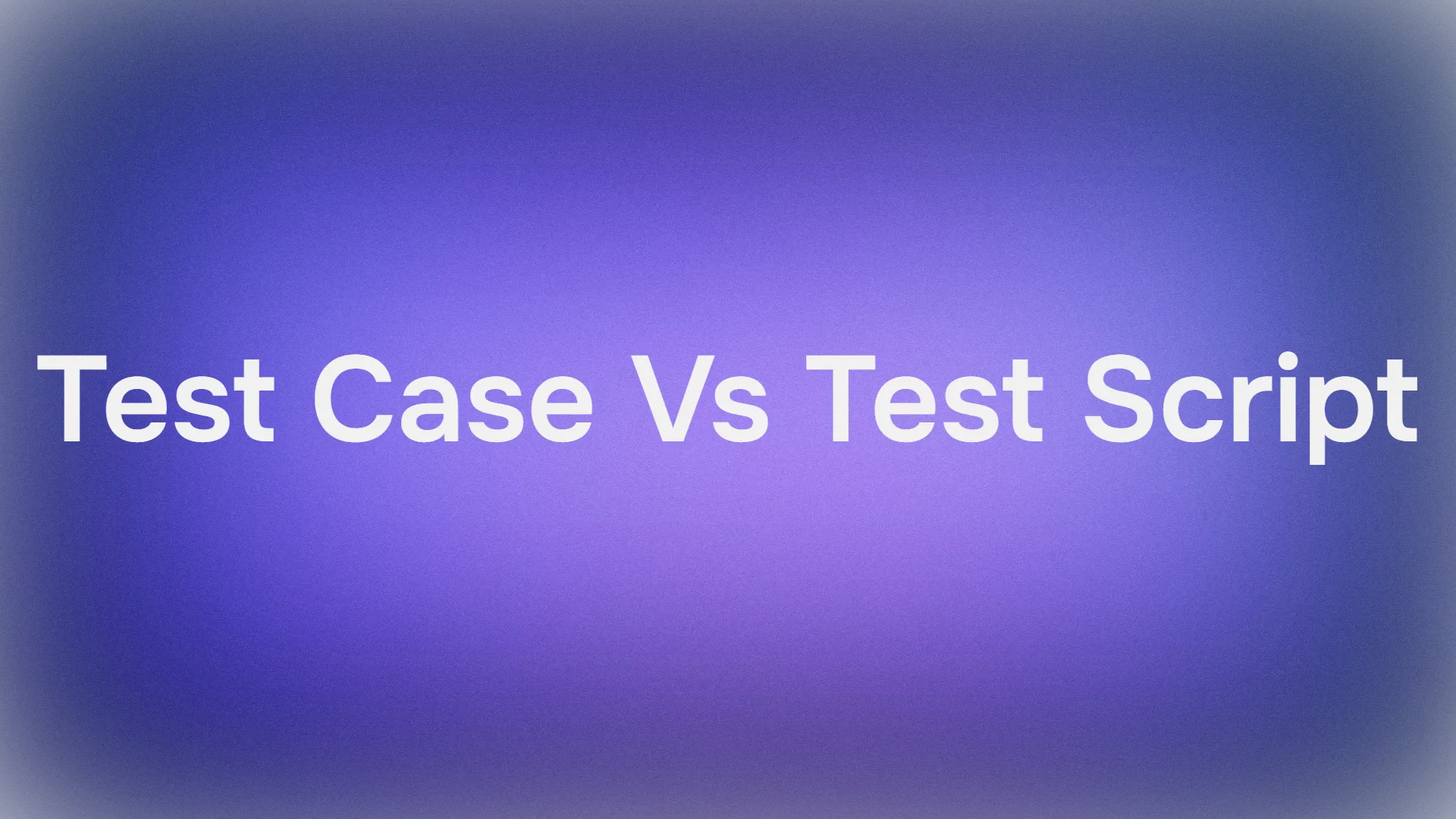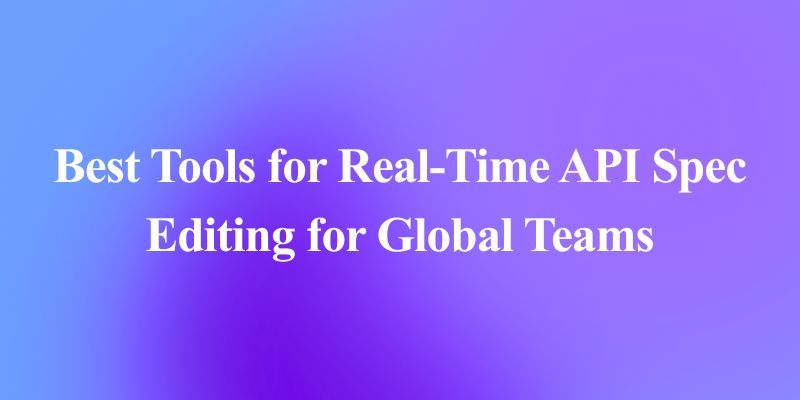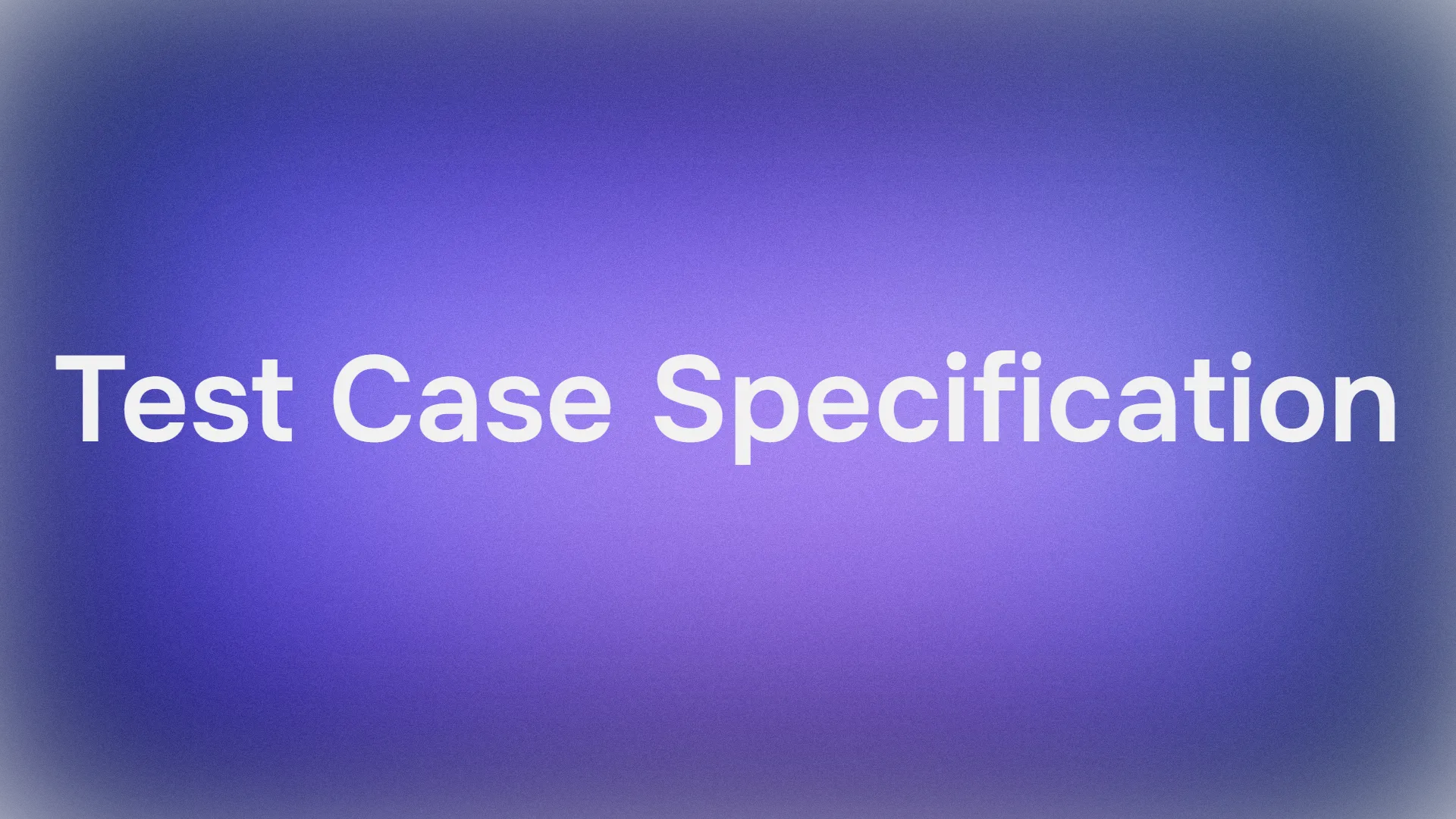Anthropic’s Claude 4 models, namely Opus 4 and Sonnet 4, represent a significant advancement in AI capabilities, particularly for developers tackling complex coding, reasoning, and agentic tasks. However, understanding Claude 4 Pricing is critical for developers and businesses aiming to integrate these models efficiently while managing costs. This article provides a detailed, technical analysis of Claude 4 Pricing across its various access points: the web version, API, Claude Code, and integration with Cursor.
Understanding Claude 4 Models and Access Points
Claude 4, released in May 2025, comprises two models: Opus 4 and Sonnet 4. Opus 4 is Anthropic’s flagship model, excelling in complex, long-horizon tasks and coding, while Sonnet 4 balances performance and cost for high-volume workloads.

Both models support hybrid reasoning modes—standard for quick responses and extended thinking for deeper problem-solving. Developers can access these models through four primary channels:
- Web Version: Available via claude.ai for direct interaction.
- API: Accessible through Anthropic’s API, Amazon Bedrock, or Google Cloud’s Vertex AI.
- Claude Code: A specialized coding tool for developers, integrating with IDEs like VS Code.
- Cursor: An AI-powered IDE that leverages Claude 4 with a potential 20% markup on API costs.
Each channel has distinct pricing implications, which we will analyze in detail below to clarify Claude 4 Pricing.
Claude 4 Pricing for the Web Version
The web version of Claude 4, accessible through claude.ai, operates on a subscription-based model. The Claude Pro plan, priced at $17 per month, provides access to both Opus 4 and Sonnet 4, along with extended thinking mode for complex tasks. This plan also includes Claude 3.5 Sonnet, Haiku, and Opus for non-coding tasks, offering versatility for users needing broader AI capabilities.

Subscription Limits and Token Usage
The Claude Pro subscription allows approximately 6,480 to 6,696 messages per month, based on a limit of 45 messages every 5 hours. Assuming an average of 1,500 tokens per message (roughly 1,125 words), this equates to about 9.7 to 10 million tokens monthly. For developers, this limit may suffice for light to moderate usage but can be restrictive for intensive coding tasks. Exceeding these limits requires waiting for the next 5-hour window or switching to API usage.
Cost-Effectiveness for Web Version
The web version is ideal for individual developers or small teams who prioritize simplicity and don’t require extensive API integrations. However, for heavy development workflows, the message cap can lead to downtime, prompting a shift to API-based access. Consequently, understanding the API’s Claude 4 Pricing becomes essential for scaling operations.
Claude 4 Pricing via API
The Anthropic API offers flexible, usage-based pricing for Claude 4, with costs determined by input and output tokens.

Here’s the breakdown for each model:
- Claude Opus 4: $15 per million input tokens, $75 per million output tokens.
- Claude Sonnet 4: $3 per million input tokens, $15 per million output tokens.
Additionally, Anthropic provides cost-saving mechanisms:
- Prompt Caching: Up to 90% savings by reusing prompt data.
- Batch Processing: Up to 50% savings for non-time-sensitive tasks.
Token Mechanics and Cost Estimation
A token roughly equates to 0.75 words, so 1 million tokens represent approximately 750,000 words. For a developer writing 200 lines of Python code per task (about 1,700 tokens) with three interactions per task and five tasks daily, the monthly API cost can be calculated as follows:
- Input Tokens: 1,700 tokens/task × 3 interactions × 5 tasks × 30 days = 765,000 tokens.
- Output Tokens: Assuming equal input and output, another 765,000 tokens.
- Total Tokens: 1.53 million tokens/month.
- Sonnet 4 Cost: (765,000 × $3/1M) + (765,000 × $15/1M) = $2.30 + $11.48 = $13.78/month.
- Opus 4 Cost: (765,000 × $15/1M) + (765,000 × $75/1M) = $11.48 + $57.38 = $68.86/month.
For daily coders, the API is significantly cheaper than the $20/month Claude Pro subscription, especially for Sonnet 4. However, Opus 4’s higher costs may only justify its use for complex tasks requiring superior reasoning, such as multi-file codebase refactoring.
API Cost Optimization Strategies
To minimize Claude 4 Pricing costs via API:
- Use Prompt Caching: Cache repetitive prompts to reduce input token usage.
- Leverage Batch Processing: Process non-urgent tasks in batches for cost savings.
- Select the Right Model: Use Sonnet 4 for routine tasks and reserve Opus 4 for high-stakes projects.
- Monitor Token Usage: Tools like 16x Prompt can track and optimize token consumption, ensuring cost efficiency.
The API’s flexibility makes it suitable for businesses and developers with high-volume needs, but careful management is required to avoid escalating costs, particularly with Opus 4.
Claude 4 Pricing via Claude Code
Claude Code is a developer-focused tool that integrates with IDEs like VS Code and JetBrains. It supports tasks such as code editing, test writing, and GitHub integration, leveraging Claude 4’s advanced coding capabilities. Pricing for Claude Code aligns with the API rates for Opus 4 and Sonnet 4, as it operates through the Anthropic API.

Cost Considerations for Claude Code
Since Claude Code uses the same token-based pricing as the API, costs depend on the volume and complexity of tasks. For example, a single Claude Code session refactoring a large codebase could consume thousands of tokens, especially if Opus 4 is used for its superior performance on SWE-bench (72.5%) and Terminal-bench (43.2%). Developers report that Claude Code can complete tasks in a single pass that would otherwise take 45+ minutes manually, justifying its cost for high-value projects.
Practical Use Case and Cost Example
Consider a developer using Claude Code to refactor a 10,000-line Rails app. Assuming 50,000 tokens for input (codebase context) and 50,000 tokens for output (refactored code), the cost for a single session is:
- Sonnet 4: (50,000 × $3/1M) + (50,000 × $15/1M) = $0.15 + $0.75 = $0.90.
- Opus 4: (50,000 × $15/1M) + (50,000 × $75/1M) = $0.75 + $3.75 = $4.50.
For frequent refactoring, these costs can accumulate, but Claude Code’s efficiency in handling complex tasks often outweighs manual development time. Additionally, its IDE integrations streamline workflows, reducing context-switching overhead.
Claude 4 Pricing via Cursor
Cursor, an AI-powered IDE, integrates Claude 4 models but introduces a 20% markup on API costs due to its infrastructure and features like full-project indexing.

Developers can bypass this markup by using their own Anthropic API key, which is highly recommended for cost-conscious users.
Cursor’s Pricing Mechanics
Without a direct API key, Cursor’s usage-based pricing applies the following rates:
- Sonnet 4: $3.60 per million input tokens, $18 per million output tokens (20% markup).
- Opus 4: $18 per million input tokens, $90 per million output tokens.
Using the earlier example of 1.53 million tokens/month:
- Sonnet 4 via Cursor: (765,000 × $3.60/1M) + (765,000 × $18/1M) = $2.75 + $13.77 = $16.52/month.
- Opus 4 via Cursor: (765,000 × $18/1M) + (765,000 × $90/1M) = $13.77 + $68.85 = $82.62/month.
By contrast, using a direct Anthropic API key reduces these costs to $13.78 and $68.86, respectively, saving $2.74 and $13.76 monthly. For heavy users, this savings can be significant.
Cost-Saving with Apidog’s MCP Server
Integrating Cursor with Apidog’s free MCP Server further reduces costs by caching API specifications locally, minimizing token usage for repetitive queries. For instance, a developer working with a large API spec (e.g., 10,000 tokens) can avoid resending it with each request, potentially halving input token costs. This makes Apidog an essential tool for developers using Cursor with Claude 4.
Comparing Claude 4 Pricing Across Channels
To provide a clear perspective, let’s compare Claude 4 Pricing across all access points for a developer handling five daily coding tasks (1.53 million tokens/month):
| Channel | Sonnet 4 Cost | Opus 4 Cost | Notes |
|---|---|---|---|
| Web (Claude Pro) | $17/month | $17/month | Limited by message cap (6,480–6,696 messages); downtime for heavy users. |
| API (Direct) | $13.78/month | $68.86/month | Flexible, cost-effective for high-volume usage; supports prompt caching. |
| Claude Code | $13.78/month | $68.86/month | Same as API; optimized for coding with IDE integrations. |
| Cursor (with Markup) | $16.52/month | $82.62/month | 20% markup; can be reduced with direct API key and Apidog integration. |
Key Takeaways for Cost Optimization
- Light Users: The Claude Pro web version ($20/month) is sufficient for occasional coding or mixed tasks.
- Heavy Users: The API or Claude Code offers better value for frequent coding, especially with Sonnet 4.
- Cursor Users: Use a direct Anthropic API key and Apidog’s MCP Server to avoid the 20% markup and optimize token usage.
- Opus vs. Sonnet: Reserve Opus 4 for complex tasks (e.g., multi-file refactoring) and use Sonnet 4 for routine development to balance cost and performance.
Factors Influencing Claude 4 Pricing
Several factors impact Claude 4 Pricing across platforms:
- Model Selection: Opus 4’s higher costs reflect its superior capabilities, while Sonnet 4 is more budget-friendly.
- Usage Volume: High token usage increases API and Claude Code costs, necessitating optimization strategies.
- Integration Method: Cursor’s markup adds costs unless mitigated with a direct API key.
- Task Complexity: Extended thinking mode, available in all paid plans, increases token consumption for complex tasks but enhances output quality.
Practical Recommendations for Developers
To maximize value from Claude 4 Pricing, consider these strategies:
- Profile Your Usage: Estimate token consumption based on your coding tasks to choose the most cost-effective channel.
- Leverage Cost-Saving Tools: Use Apidog’s MCP Server to cache API specs and reduce token costs in Cursor.
- Combine Models Strategically: Use Sonnet 4 for daily tasks and Opus 4 for high-stakes projects requiring advanced reasoning.
- Monitor and Adjust: Regularly review token usage with tools like 16x Prompt to avoid unexpected costs.
Conclusion
Understanding Claude 4 Pricing is essential for developers and businesses integrating Anthropic’s advanced AI models. The web version offers simplicity for light users, while the API and Claude Code provide flexibility for high-volume coding tasks. Cursor, while powerful, requires careful cost management due to its 20% markup. By leveraging direct API access, prompt caching, and tools like Apidog’s MCP Server, developers can significantly reduce costs while harnessing Claude 4’s capabilities. Whether you’re refactoring complex codebases or automating routine tasks, strategic planning ensures you get the most value from Claude 4.



